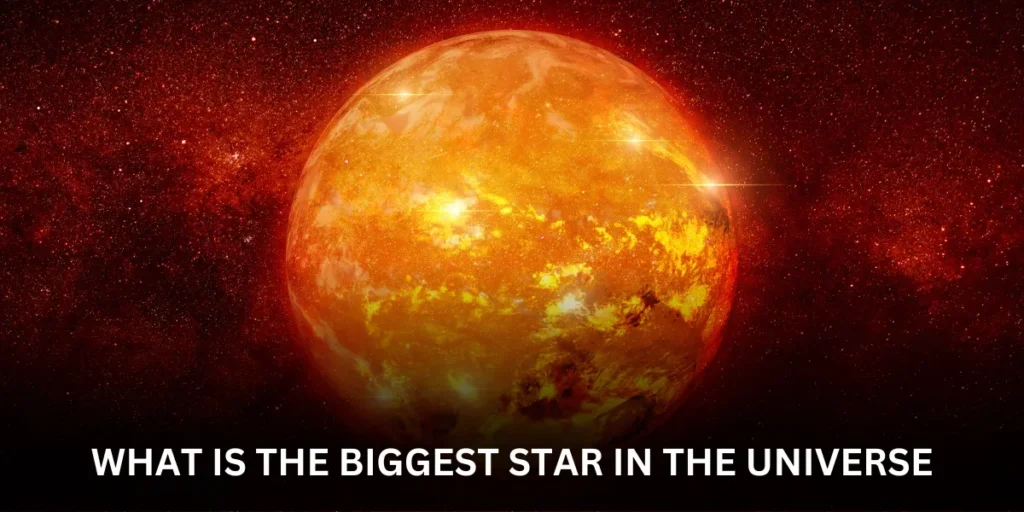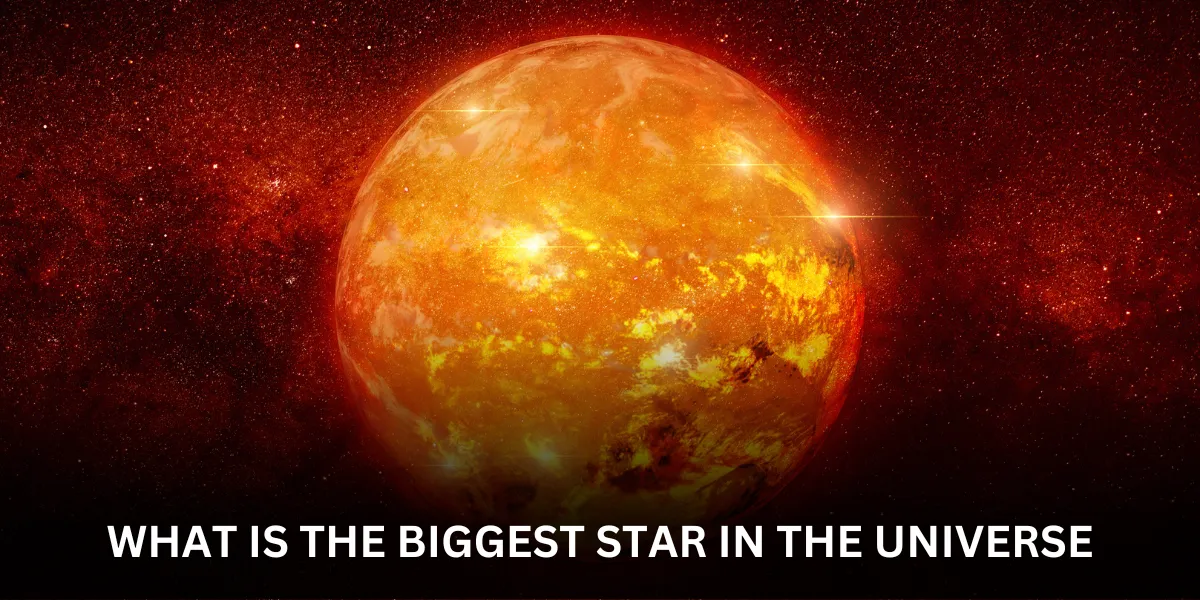
Giant in the Sky: UY Scuti Holds the Crown for Largest Known Star what is the biggest star in the universe
what is the biggest star in the universe Our Sun, a giant ball of fire at the center of our solar system, seems massive. But compared to some stars out there, it’s just a small fry. The universe holds stars that dwarf our Sun in size, and the current champion is a behemoth called UY Scuti.
UY Scuti, located roughly 9,500 light-years away in the constellation Scutum (the Shield), is classified as a hypergiant. what is the biggest star in the universe Hypergiants are incredibly rare and powerful stars, the biggest and brightest kind we know of. They are nearing the end of their lives and are unstable, going through dramatic changes in size and brightness.
So, how big is UY Scuti? Here’s where it gets mind-boggling. UY Scuti boasts a radius – its distance from the center to the outer edge – that is estimated to be around 1,700 times larger than the Sun’s radius. Imagine fitting 1,700 Suns side-by-side! That’s difficult to picture, so let’s try another way. If the Sun were placed at the center of UY Scuti, all the planets in our solar system, including the distant Neptune, would be well within the boundaries of this giant star.
That’s not all. In terms of volume, UY Scuti is a true monster. Scientists estimate that nearly 5 billion Suns could fit inside its enormous sphere. It boggles the mind to think that such a colossal object exists in space.
However, there’s a catch. what is the biggest star in the universe While UY Scuti holds the crown for largest radius, it’s not the most massive star. Mass refers to the amount of matter a star crams into its core. In that category, the heavyweight champion is a different star called R136a1, located in the Large Magellanic Cloud, a satellite galaxy to our Milky Way. R136a1 weighs in at about 300 times the mass of our Sun.
So, why the discrepancy? UY Scuti is less dense than our Sun. Think of it like a giant beach ball compared to a heavy bowling ball. The beach ball takes up more space, but it weighs much less. UY Scuti’s enormous size is likely due to the later stages of its life cycle. As hypergiants burn through their fuel, they shed mass and puff up in size.
Another interesting fact – UY Scuti is variable. This means its size and brightness fluctuate over time. The measurements of its radius have a margin of error, so it’s possible that other contenders for the “biggest star” title are out there waiting to be discovered.
Despite these uncertainties, UY Scuti remains a fascinating cosmic giant. Studying these extreme stars helps us understand the life cycles of stars, the delicate balance between gravity and pressure within a star, and the spectacular variety of objects that fill our universe. As telescopes improve and our ability to pierce the veil of space grows, who knows what even larger giants we might discover in the future?
